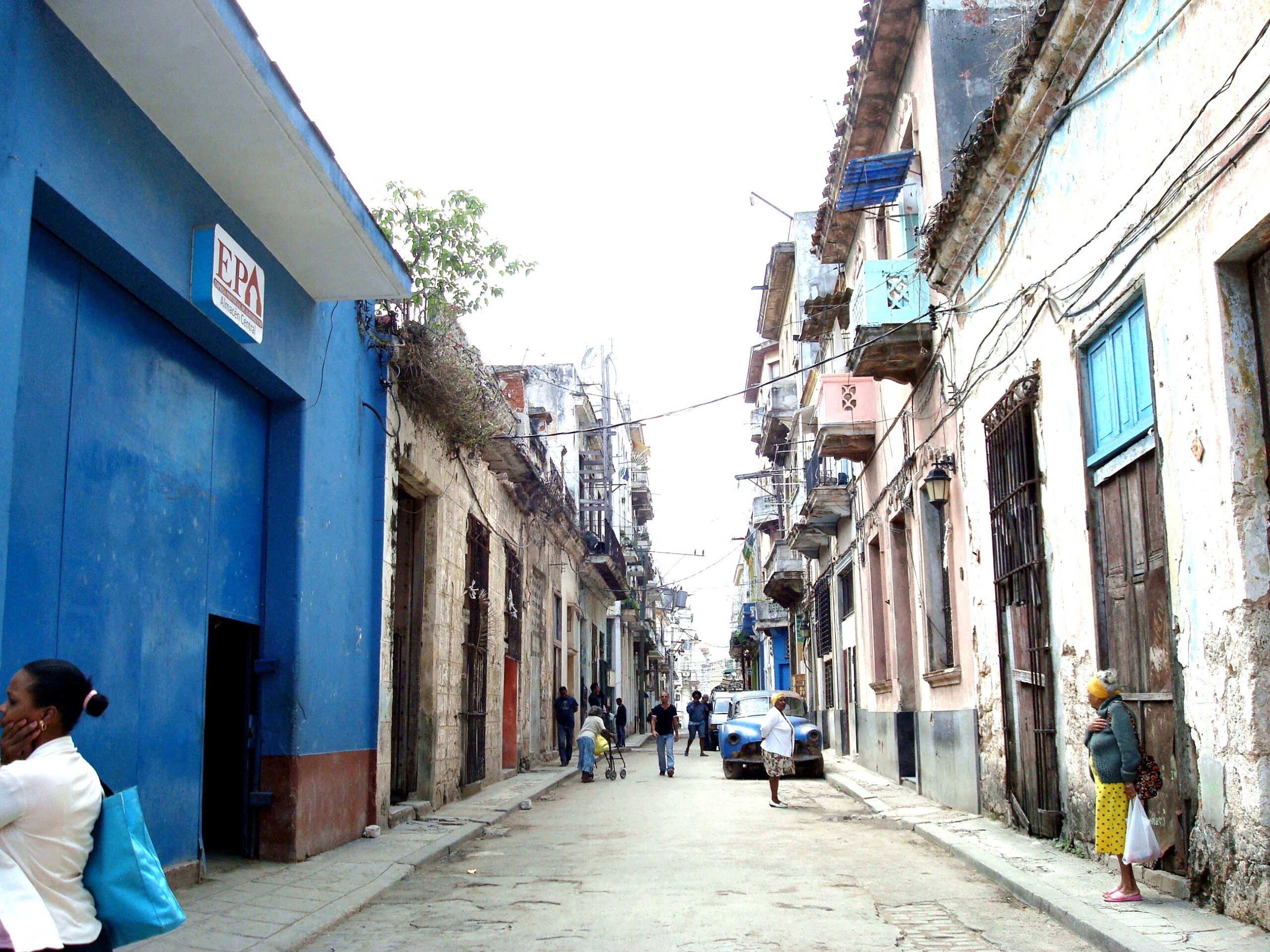
Photography as a spiritual practice
Some Aspects
Learning how to see. Learning how to Visualize. Learning how to be Creative! Learning to create Jewish Visuals!
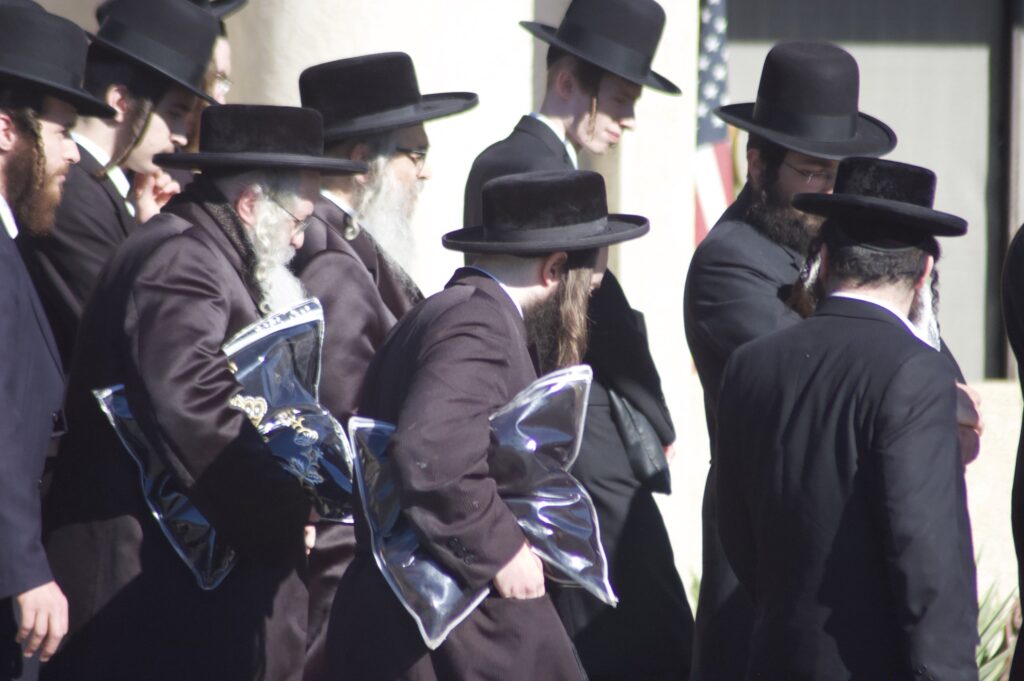
Creative Jewish Images
Capturing unusual angles of identifiable Jewish individuals and ritual items. Notice here the American flag in the background affirming the rights enjoyed by the American Jew.

Jewish Values -“The Earth is the Lords” and the Beauty thereof.
Photography can be used to see and share the beauty of God’s creation, but also instances of our mistreatment of the environment,
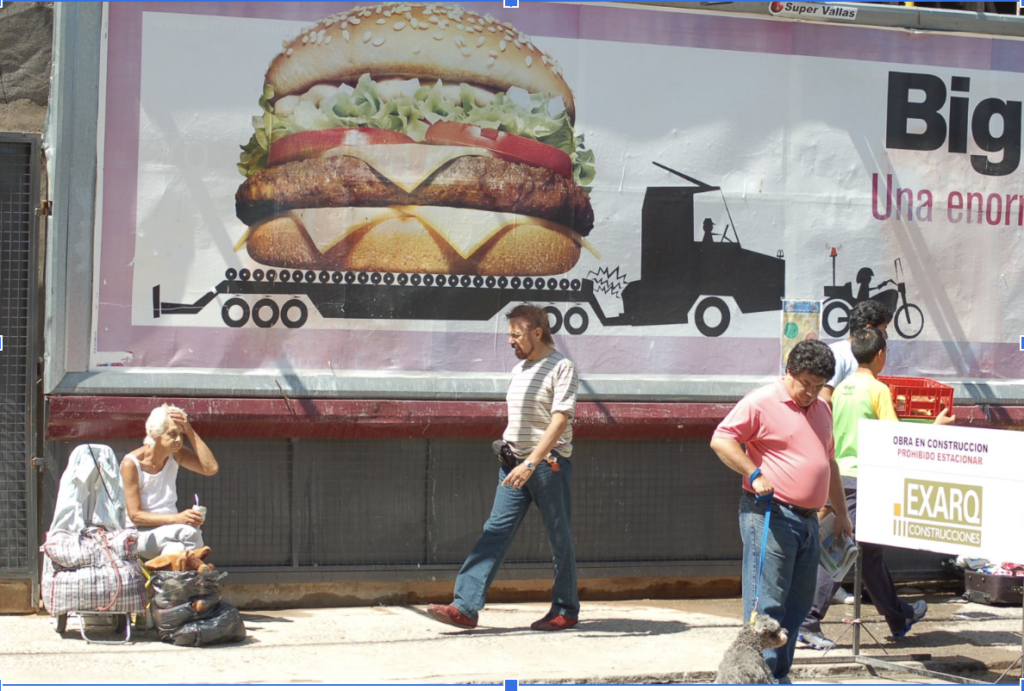
Social Justice -Our human environment
The lens can capture unique moments in time, with elements we might not have noticed. This photo is entitled “PaRDeS Lost” referencing the woman in the image, and the connection of “paradise” with the traditional PaRDeS method of text interpretation.
How We Work to create Visual Midrash
Some Work Processes
01
Photographs Suggesting Jewish themes
A half eaten bagel on a picnic table suggests a liturgical phrase, “and you shall eat enough to be satisfied and you shall bless.”
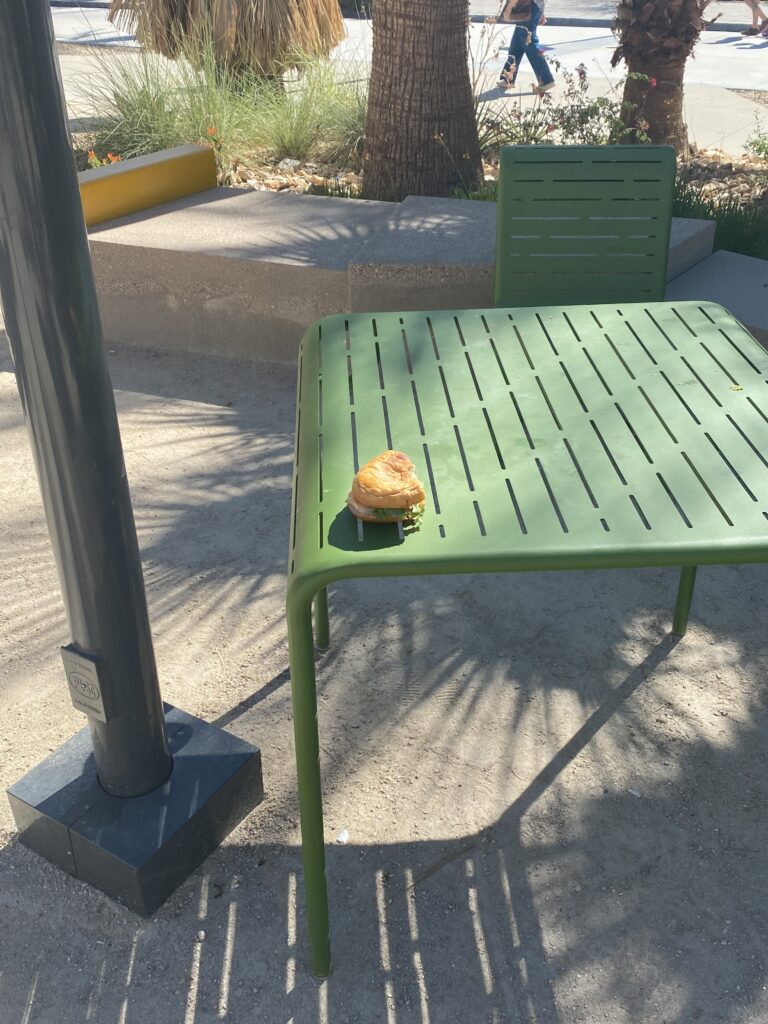
02
Associating Images with a Jewish Theme
The Mishebairach prayer for healing gets added meaning through the image of a woman carrying an X-ray without a protective covering
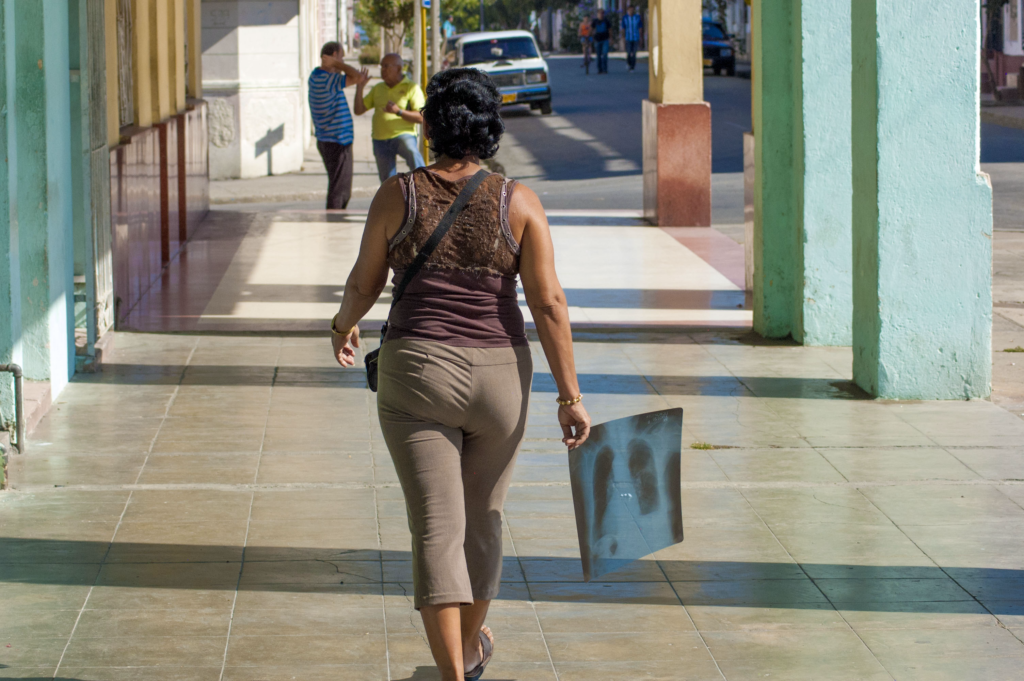
03
Building a Gallery or presentation of Theme related images
A visit to Odessa a in 2013 resulted in a brief video of Jewish sites existing then.
Have Questions?
Frequently Asked
Questions
Is there a definition of Jewish Art?
the “Seminar in Jewish Art” held in 1984 defined Jewish art as “art that reflects the Jewish experience.”
Jewish Art and Visual Culture: A Century of Academic Achievement VIVIAN B. MANN
What does being a “Jewish” Photographer require?
“To cherish individuality, to seek out novel possibilities, to enrich oneself through exposure to varied and exotic cultures and to prefer to risk subjective anxiety than to be secure within age-old objective constraints -to be all these is to be Jewish.” (Ellis Rivkin)
These characteristics lead to increased depth and meaning to one’s photography.
Is Photography Visual Midrash?
Visual Midrash is an art form that experiments with the interaction between the visual and the written record of the Jewish Historical experience. What happens when biblical text and/or interpretation techniques merge with contemporary visuals or photographs? What spiritual richness is accessible for us, created in the “Tzelem” or image of the creator, through “Tzelum” or Photography? “Tzelem” and “Tzelum” are related in Hebrew.
Is Photography a spiritual experience?
Recognize that as you are creating a photograph, God is creating through you. Both the subject of your photo and the photograph itself are facets of Hamakom. Open your eyes in wonder everyplace. With eyes of wonder you can discover the miraculous in the mundane. Stop long enough to uncover veiled aspects of Hamakom expressed through the built environment and frame them through your lens.
(Alexenberg, Mel. Photograph God: Creating a Spiritual Blog of Your Life (pp. 27-28). Kindle Edition)
Where do I start?
To find God, you have to stop seeking. Don’t search for God in some far-off place or hope to meet God in some future encounter. You need to simply open your eyes in wonder in whatever place you are and you will be positioned to photograph God here and now.
( Alexenberg, Melvin L. . Through A Bible Lens (p. 54). Elm Hill. Kindle Edition. )
What about the many photographs I have taken?
Besides the selfies, the poorly focused, and the typical tourist images are those that might be as if God was directing the shot.
A Disclaimer: You don’t have to be Jewish to be a “Jewish Photographer!
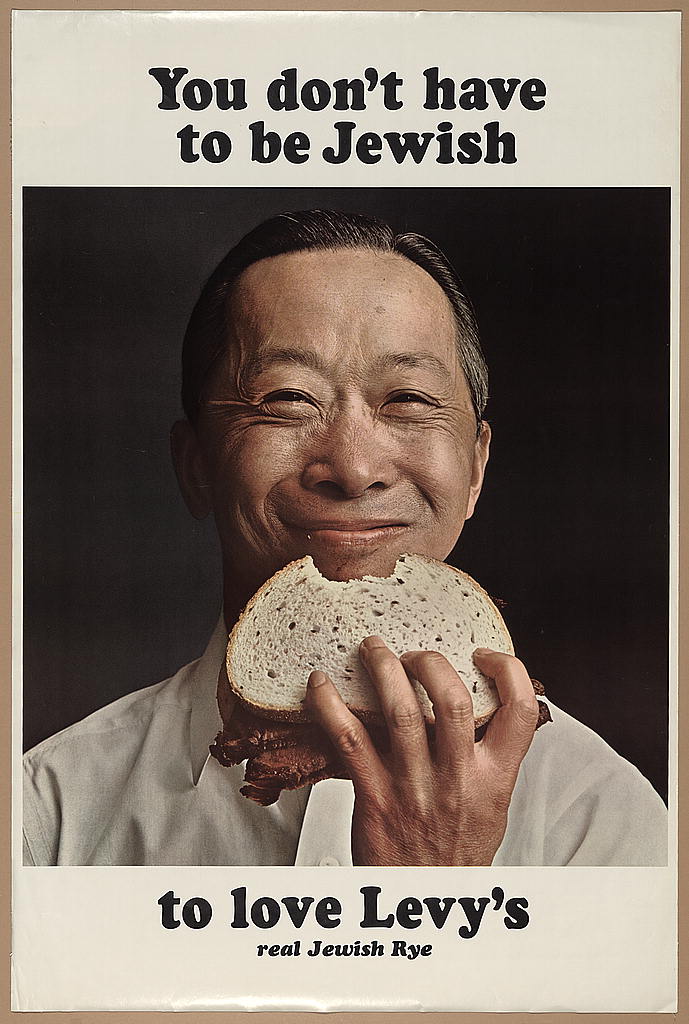
https://fontsinuse.com/uses/14355/levy-s-ad-campaign-you-don-t-have-to-be-jewis
Doyle Dane Berbach’s famous campaign for Levy’s Jewish Rye bread. The copywriting was by Judy Protas …
“We had a local bread, real Jewish bread, that was sold widely in Brooklyn to Jewish people,” she told The New York Times in 1979. “What we wanted to do was enlarge its public acceptance. Since New York is so mixed ethnically, we decided to spread the good word that way.”
… The Levy’s campaign, conceived by Mr. Bernbach and the art director William Taubin, featured photographs of conspicuously non-Jewish New Yorkers — a black boy, Asian and Native American men and a robed choirboy among them — blissfully contemplating a slice of the company’s rye.
The ads were aimed primarily at the metropolitan area, where, exploiting a singular New York delivery system, they appeared chiefly in the subways. Long part of the day-to-day texture of the city, they were so striking that they drew a national following and were sold individually as posters.